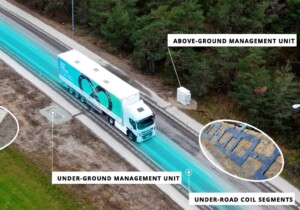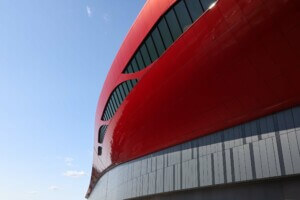Once again, the results of the Urban Land Institute (ULI) /Ernst & Young annual global infrastructure report don’t look good for America. According to the document, “The United States notably continues to lag its global competition—laboring without a national infrastructure plan, lacking political consensus, and contending with severe federal, state, and local budget deficits that limit options.” The end of the federal stimulus package in 2013 makes the picture even bleaker. “The stimulus helped, but it was only a down payment on what’s needed,” said Ernst & Young Global Real Estate Leader Howard Roth at a recent ULI meeting in Phoenix.
There are solutions, according to Roth. Among them the U.S. needs to “put in place a national infrastructure strategy rather than take a piecemeal approach.” Congress must authorize the next surface transportation bill which is long overdue, regional transportation planning needs to be better coordinated and the country “must make itself a preferred market for institutional investment capital by encouraging private investment.”
Maureen McAvey, executive vice president at ULI, said we’re entering an “era of less” in which the political reality opposes new taxes, tolls, and user fees (for instance, the gas tax has not been increased in 18 years). Faced with declining sales tax revenue and less federal support, projects across the nation are stalling and transit systems–which can’t legally run a deficit–are cutting back service.
With an expected annual increase in population of three million people over the next several decades, McAvey points to regional cooperation as one way forward. She noted that when ballot measures to fund transportation projects are presented to the public, they are overwhelmingly passed (on average, 71% over the past decade). Such measures usually call for a self-imposed sales tax increase or bond measure.
Another funding mechanism expected to play an increased role in the future is the public-private partnership (PPP), said Jay Zukerman, U.S. Infrastructure Leader at Ernst & Young. Pointing to projects such as a $7.2 billion highway in Dallas and a light rail line in Denver, Zukerman said PPP’s can be a valuable tool. He cautioned that PPPs “generate alternative financing, but don’t grow the revenue pie,” so they are not a substitute for sound infrastructure policy.
Roth continued, “China, India, and Brazil have all embarked upon strategic infrastructure programs and will invest about $1 trillion each over the next three to five years in high speed rail, new highways, toll roads, and urban transit.” All agreed it will be vastly important for the United States to develop an infrastructure plan and then implement it for the nation to remain competitive in the future.










